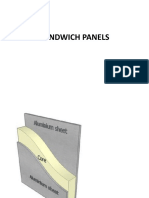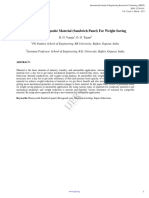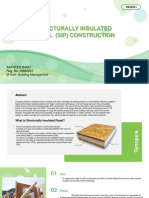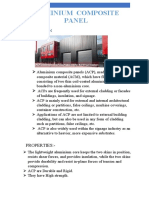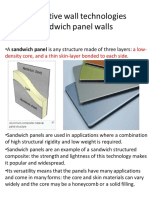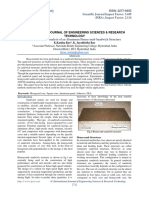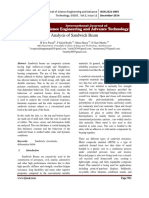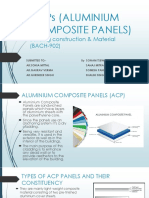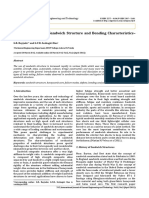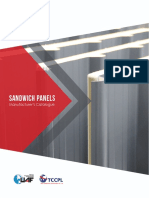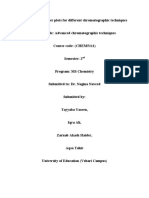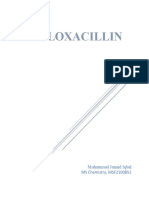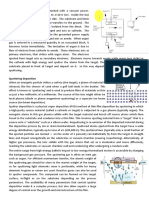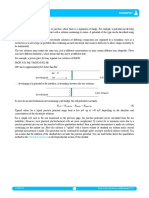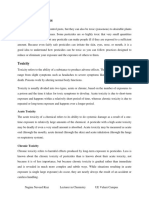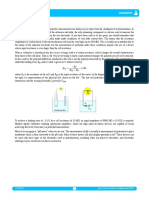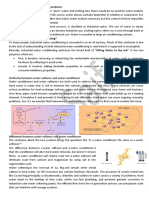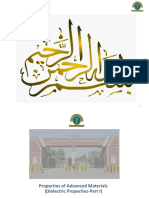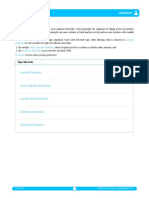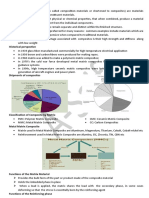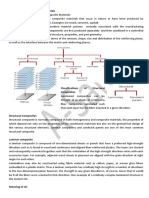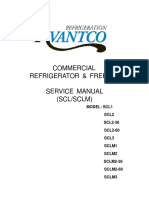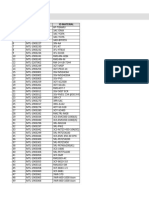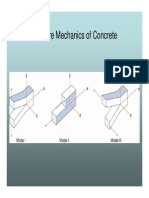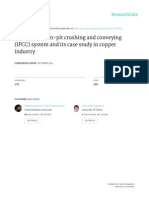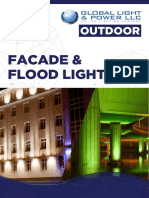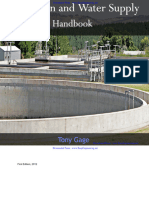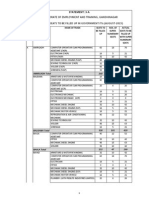0% found this document useful (0 votes)
51 views5 pagesLectures Composite
Sandwich panels consist of two thin, rigid face sheets bonded to a thick, lightweight core. They provide high strength and stiffness at relatively low weight. The core material, such as foam or honeycomb, provides insulation while resisting shear and compressive forces. The facesheets, usually made of materials like carbon fiber, glass, or aluminum, provide durability, weather resistance, and distribute bending loads similarly to the flanges of an I-beam. Sandwich panels are used widely in construction, transportation, and other industries due to their strength, insulation, and design flexibility.
Uploaded by
Muhammad AhmedCopyright
© © All Rights Reserved
We take content rights seriously. If you suspect this is your content, claim it here.
Available Formats
Download as DOCX, PDF, TXT or read online on Scribd
0% found this document useful (0 votes)
51 views5 pagesLectures Composite
Sandwich panels consist of two thin, rigid face sheets bonded to a thick, lightweight core. They provide high strength and stiffness at relatively low weight. The core material, such as foam or honeycomb, provides insulation while resisting shear and compressive forces. The facesheets, usually made of materials like carbon fiber, glass, or aluminum, provide durability, weather resistance, and distribute bending loads similarly to the flanges of an I-beam. Sandwich panels are used widely in construction, transportation, and other industries due to their strength, insulation, and design flexibility.
Uploaded by
Muhammad AhmedCopyright
© © All Rights Reserved
We take content rights seriously. If you suspect this is your content, claim it here.
Available Formats
Download as DOCX, PDF, TXT or read online on Scribd
/ 5











